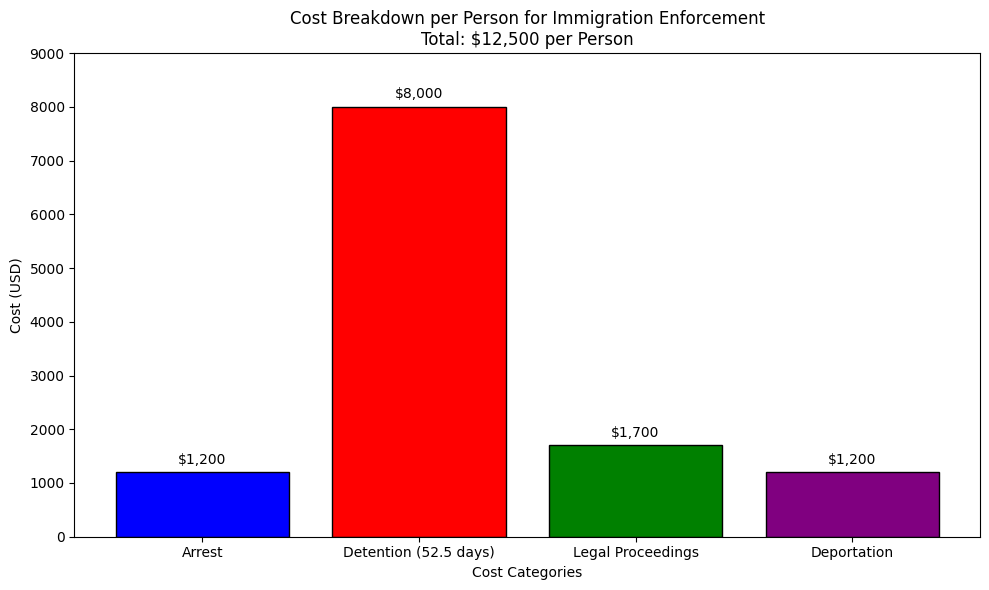The latest Supreme Court ruling regarding immigration sparks debate over costs and fairness—here’s what it means for America. On May 17, 2025, the U.S. Supreme Court dropped a game-changing ruling that’s got everyone talking. It allows deportations under the Alien Enemies Act but requires immigrants to fight their cases in court. Building on an April 2025 decision, this ruling is fueling arguments about justice, security, and a massive price tag. Want to know what’s really going on? Let’s unpack it.
Understanding the Supreme Court Ruling
The Alien Enemies Act, a 1798 law, lets the government detain and deport people from hostile nations. The Trump administration legally used this Act for a broad immigration crackdown. On May 17, 2025, the Supreme Court said deportations can proceed, but only if immigrants get a court hearing. This follows an April 2025 ruling that lifted a Temporary Restraining Order due to jurisdictional issues, setting the stage for this new mandate. Supreme Court
Trump’s Outcry and Political Heat over the Supreme Court Ruling
President Donald Trump didn’t mince words. In a fiery social media post, he slammed the ruling, claiming it opens the door to “criminals” and blamed Biden’s past policies. His 2025 mass deportation plan is central to his mandate from the majority of voters, but critics like Senators Alex Padilla (D) and Dick Durbin (D) argue it violates due process. However, the 14th Amendment, which protects every citizen in the U.S clearly states: “All persons born or naturalized in the United States, and subject to the jurisdiction thereof, are citizens of the United States and of the state wherein they reside. ICE’s, Immigration and Customs Enforcement, 2024 data shows only 88,763 of 1.1 million border apprehensions led to deportations of criminal non-citizens. Trumps has first prioritized removing known and documented violent non-citizen criminals from the US. Donald Trump

The Supreme Court Ruling Cost and Time Breakdown
Trump’s plan could target 10.6 million undocumented immigrants, per the American Immigration Council. Each case—covering arrest, detention, court hearings, and removal—takes about six months, thanks to the court requirement. Court backlogs might stretch this much further.

The cost?
The Supreme Court ruling saddles Americans with a whopping $132.5 billion total, or $12.5 billion yearly over a decade. That’s $1,200 per arrest, $8,000 for 52.5 days of detention, $1,700 for legal proceedings, and $1,200 for deportation—$12,500 per person. It’s a huge sum, raising questions about whether it’s even doable.
Legal and Economic Stakes as a result of the Supreme Court Ruling
The 14th Amendment is key, ensuring due process for all born and naturalized citizens. Critics say mass deportations without fair hearings could break the due process rule, and the Supreme Court ruling has attempted to balance that. Still, it’s a legal tightrope. Economically, removing 10.6 million workers could hurt industries like farming and construction. Experts predict a $1.6 trillion economic loss over ten years. Plus, overloading already overloaded immigration courts could slow justice for everyone. It’s a tricky mix of law, money, and human impact.
The Road Ahead
The Supreme Court’s May 17, 2025, ruling has set off a firestorm. Understandable since the 14th Amendment clearly states “All persons born or naturalized in the United States…are citizens of the United States.” Trump calls it a security flop, while others warn of a legal and economic mess. With court hearings required, deportations will be very slow and costly. Can America handle it? Will the economy suffer? This story’s just beginning, and it’s one to watch closely. Look for the next consolidated informational article in this series to get the complete factual story on every facet of this US Supreme Court ruling and what it means for you.






